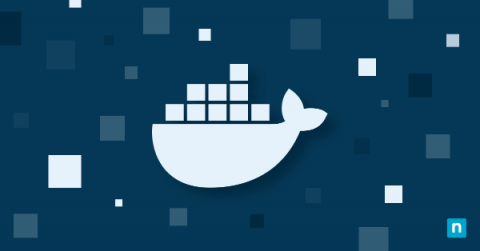PowerShell Script to Download Files from URLs: Automate and Verify File Integrity
In the fast-paced world of IT and managed services, efficiency and automation are key. A particularly useful tool that every IT professional or MSP should have in their toolkit is a PowerShell script capable of downloading files directly from a URL. In this blog post, we delve deeper into the workings of such a script, discuss real-world usage scenarios, and expound on the benefits of using PowerShell to download files from URLs.











